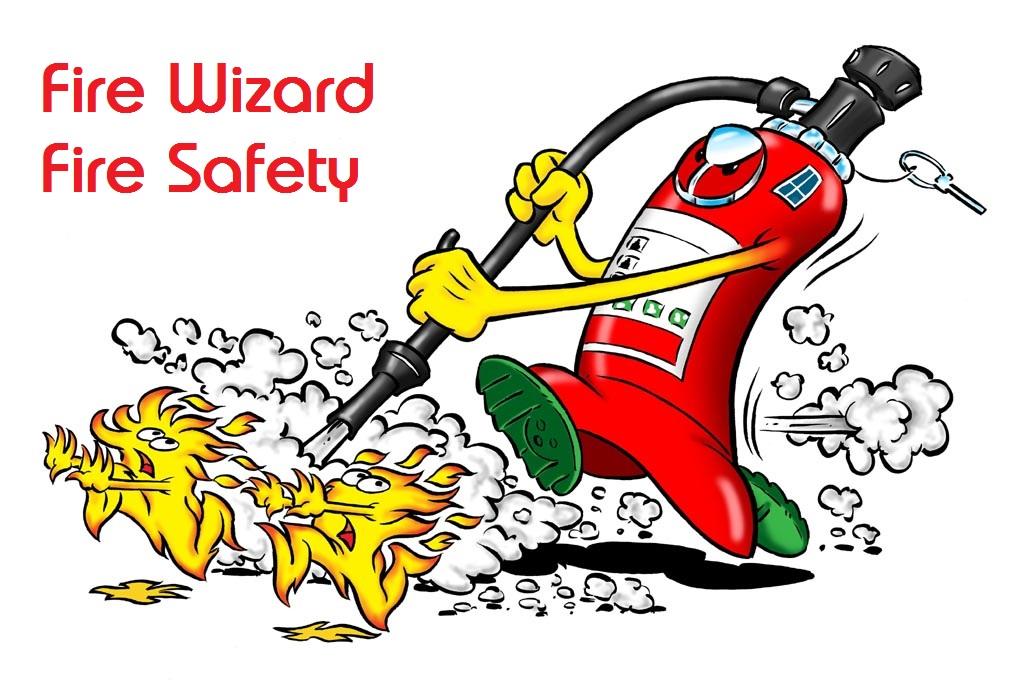-
Posts
2,564 -
Joined
-
Last visited
Everything posted by AnthonyB
-

Do refurbished antique chairs need fire proofing label?
AnthonyB replied to a topic in Passive Fire Protection
Most seem to avoid this issue by not accepting items unless they are in good condition & fire labelled. -
It's not your responsibility. The Fire Service enforce the regulations. Don't go into that much detail in advice or you could be liable - domestic smoke alarms are not usually suitable for commercial environments, just remind them of their obligations and point them to this guidance: https://www.gov.uk/workplace-fire-safety-your-responsibilities
-
Do you mean drawings marked with fire protection equipment & exits marked on? Whilst there are several professional providers who do an excellent job as long as the plans are accurate and correct anyone can. I usually use a professional provider because they are good at CAD & quick, but for small jobs I've created my own.
-
Are you sure it's really a heat detector? Post a photo of it (the forum has the facility to do this) so we can check. I've only once had a premises where heat detection triggered in a domestic kitchen where it was located so that when the oven was opened it got a full on blast of heated air, which because it was a 'rate of rise' detector it alarmed (this type reacts to any rapid change in temperature). As the kitchen layout precluded moving the detector we switched it for a fixed temperature heat detector that ignores the rate of rise of temperature and only reacts to a fixed level
-
It would have been likely to have needed some old style fire doors as far back as 1963 and the Offices, Shops & Railway Premises Act, but if it fell under the occupancy numbers needed to require a Means of Escape certificate it is unlikely to have been inspected, with a similar situation when the Fire Precautions Act came in. Over the years I've been to a myriad of small old building offices that have been like stepping back 50 years in time because despite them having a legal duty to comply they escaped inspection meaning they have had to play catch up under the Fire Safety Order and implement what seems like a lot of work but simply reflects what always should have been.
-
AFD cannot completely replace passive fire protection including fire doors. In the environment you describe if the doors met the standard of the time and are still in good order, coupled with the other fire protection enhancements, then there may be an argument not to modernise, but you will still need fire doors of some description
-
The bare minimum for active records I advise is the year you are working through and the whole of the previous years entries as most PPM are at least annual (e.g. annual emergency lighting, annual lightning protection, etc). There are of course certain tests that would need to be kept longer due to their interval (e.g. 5 yearly EICR) but for most routine records the 24 month cycle would cover it, although you may wish to keep archived records for longer before disposal say for 5-7 years
-
To be fair to give you a correct answer I'd need to carry out your Fire Risk Assessment - it's quite possible that you can let out your building in a compliant matter with the right precautions based on the existing stair layout, but I'd want to see it to advise correctly as there are a variety of aspects that need checking.
-
Who was the manufacturer? Worth knowing in case there's other poor stuff out there.
-
A usual rule of thumb is if the route is used by 60 or more it needs to be panic proof (push bars) otherwise any normal emergency exit device (which includes lever handles as well as push pads) will suffice
-
What were the faults? Some are easier to check they are resolved than others. A decent fire alarm engineer would issue a detailed report on the worksheet even for reactive repairs, this is why specialists should be used for life safety system works
-

Strange Red Fire Call Points - How to Test?
AnthonyB replied to wroughtironron's topic in Fire Alarm Systems
That's a KAC Word Series call point, at one point most call points in the UK were this brand and is very readily tested - see this guide: https://www.kac.co.uk/wp-content/uploads/2019/01/kac-callpoint-test.pdf If you don't have any keys look here: https://www.safelincs.co.uk/kac-manual-call-point-test-key/?q=test+key -
The nature of the alarm system will compensate as long as escape routes and areas of high risk are protected by compartmentation there is no need for 60 minute party walls between tenants in offices buildings, you normally see (or look for) the 60 minutes where you see it split into industrial units.
-

Strange Red Fire Call Points - How to Test?
AnthonyB replied to wroughtironron's topic in Fire Alarm Systems
Please attach a photo & I can help you out -
Sounds like your contractor has bodged the lot and doesn't have a copy of the relevant standards. Firstly your EL should be fitted to the normal lighting circuit not it's own and door entry shouldn't be off lighting (often it's own supply with a back up battery). Also in addition to BS5266 for the lighting your contractor should have a copy of BS7273-4 for the access control if it's fitted on doors used for escape.....thats a whole other set of requirements missed..........
-

Wiring up/Testing of Emergency Lighting
AnthonyB replied to DJSheridan's topic in Emergency Lighting
It's all wrong. EL fittings are meant to be on the same circuits as the normal lights, otherwise they won't come on unless you get a complete power outage (local circuit failure is common). If your contractor knew what BS5266 (the standard any professional who installs and maintains EL should have and know) said they'd have done it correctly which questions their competence -
Yes to a detector as the required Category of fire alarm (L2) in this type of premises includes rooms opening onto escape routes and rooms of high fire risk so it falls in under both those. A sounder would be needed if the audibility levels in the room from the nearest existing sounder are not adequate.
-
Usually the landlord before occupancy if vacant, then the tenant whilst they hold the lease unless you have agreed in the lease to do it for them
-
If there are no common areas then the obligation for legal compliance rests solely with the tenants. Each has to carry out a Fire Risk Assessment (which needs to be recorded if they have a business requiring any sort of license or if part of a company with 5 or more employees even if not all based at that site, or if an Alterations Notice is in force for the premises from the Fire Service) and provide/maintain adequate general fire precautions. Their assessment would have to account for the effects of fire on Relevant Persons including those in the flat above - if there is adequate fire compartmentation between the shop & flat then their obligations are met, otherwise there may be a need for a fire detection system in the shop linked to alarm sounders or work to upgrade the compartmentation. Again, if there are suitable party walls between each unit then they don't need a linked alarm and just need to consider matters in their individual units. Any fire alarm system in the units (if needed, small units don't always need one) would need to be to BS5839-1 and at least Category M (manual call points) as Graded fire alarms to BS5839-6 are only for domestic premises
-
Whilst the guidance is not intended to be prescriptive a four storey converted house should have a Grade A system. I'd want to know the justification for deviating from this and 'pleasing the customer' isn't good enough. https://www.rla.org.uk/docs/LACORSFSguideApril62009.PDF
-
It's usually based on the distance the sign needs to be viewed from, 50mm letter height can give you around 10m viewing distance, smaller letters lesser distances.
-
Yes, but it sounds like they aren't actually servicing properly if doing no more than you. Firstly they should be servicing it twice a year as minimum, but regardless of that they should be testing every break glass call point, every smoke detector & heat detector using a special test pole with test smoke and a heat source as appropriate and should be checking the batteries with a test meter and replacing every 4 years or so. There are other bits & pieces they should do, but these are the fundamentals that you should look for them doing.
-
Without digging out old guidance I do recall being in a similar scenario with premises and from memory the approach from those was similar to existing wicket gates, fixed ladder and window accessed escapes, namely only suitable for areas with no greater than 5 able bodied employees. Consider both escape time - you will only get slow single filing - and bunching as people pile up whilst queuing and as a result the risks of not having the required safe evacuation time and from trips and crushing (The Station Nightclub footage graphically illustrates the effects of too many people trying to use too narrow an exit too quickly)
-
The red light does not mean it's faulty, a lot of people have been conned into replacing perfectly serviceable fittings because it's red. For decades the status indicator on self contained emergency lights indicating there was a satisfactory mains power supply into the battery charger was red and it's only in recent times it has been changed on new fittings to the more logical green. As long as the light fitting works when function tested and the batteries last 3 hours when duration tested then it's completely fine. A lot of older red LED fittings remain in service Self testing units that do their own function & duration testing automatically do exist but they have several LED status lights, not just the one.

